T4K3.news
Demon rabbits not dangerous
Fort Collins cottontails carry Shope papillomavirus but pose no risk to humans or pets.
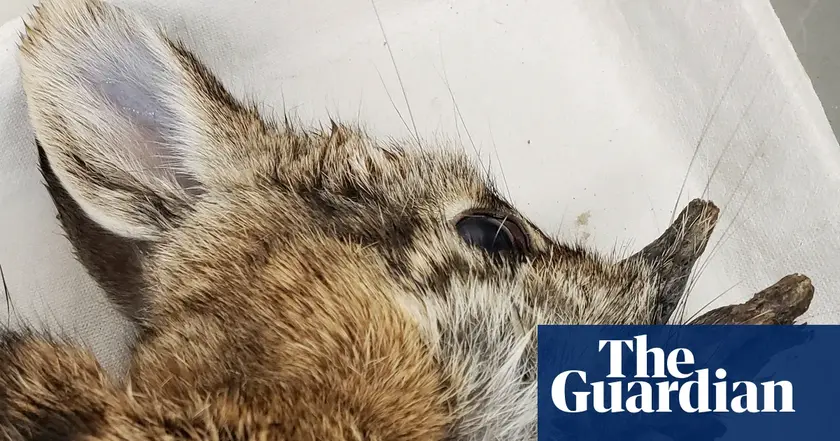
Fort Collins rabbits carry a common virus that creates hornlike growths but cannot harm humans or pets.
Demon Rabbits With Hornlike Warts Not Dangerous
A group of Fort Collins cottontails is sporting hornlike growths caused by Shope papillomavirus, a virus that is largely harmless to rabbits. Officials say the virus cannot spread to humans or pets, and rabbits typically clear the infection over time as their immune system fights it off. The growths resemble horns when they extend, but they rarely threaten the animals unless they interfere with eating or vision.
Public sightings over the summer drew attention and viral photos, prompting wildlife officials to remind residents that the condition is common during warmer months when fleas and ticks are active. The virus spreads from rabbit to rabbit but not to other species, including people. Shope papillomavirus was first identified in the 1930s by Dr Richard E Shope, and ongoing study of this virus has helped scientists understand connections between viruses and cancer.
Key Takeaways
"the virus can spread from rabbit to rabbit but not to other species, including humans and pets"
transmission risk clarification
"The growths do not harm rabbits unless they grow on their eyes or mouths and interfere with eating"
symptom severity
"the cottontails recently spotted in Fort Collins are infected with the mostly harmless Shope papillomavirus"
case description
"The virus probably influenced the centuries-old jackalope myth in North America"
folklore link
This episode shows how wildlife health news can become a cultural moment. The visuals grab attention, but the facts remain straightforward: the virus is rabbit-specific and not a danger to people or pets. Clear, calm messaging is essential to prevent alarm and misinformation when such images go online.
The case also highlights how science and folklore intersect. The jackalope myth may have roots in real diseases seen in wildlife, reminding editors to frame science as a tool for understanding rather than a source of fear. Ongoing communication should explain vectors, seasonality, and the limits of what we know about wildlife diseases.
Highlights
- Horns on a rabbit do not mean danger to people
- Science turns scare stories into clear facts
- Wildlife health stories test our understanding of viruses
- Fort Collins rabbits remind us that myths can meet science in real time
Public reaction risk
The viral imagery and odd appearance of rabbits could provoke fear or careless actions toward wildlife. Communications should stress that the virus remains rabbit-specific and does not threaten humans or pets.
Curiosity about wildlife health can educate the public and reduce fear
Enjoyed this? Let your friends know!
Related News
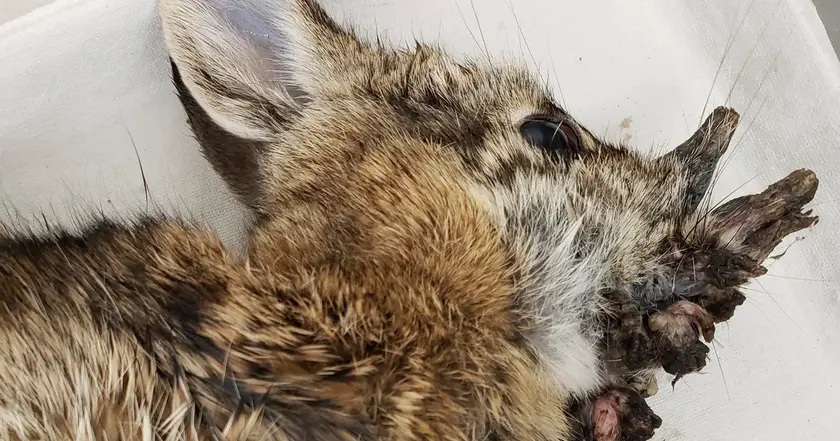
Colorado rabbits grow hornlike growths from a common virus
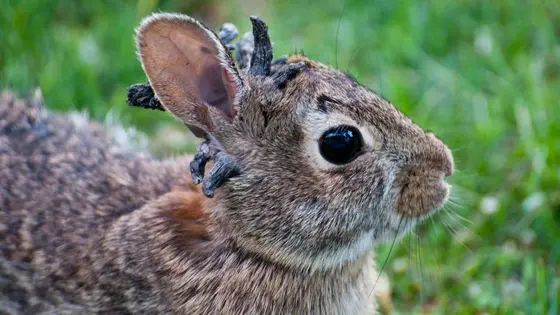
Rabbits with hornlike growths in Colorado
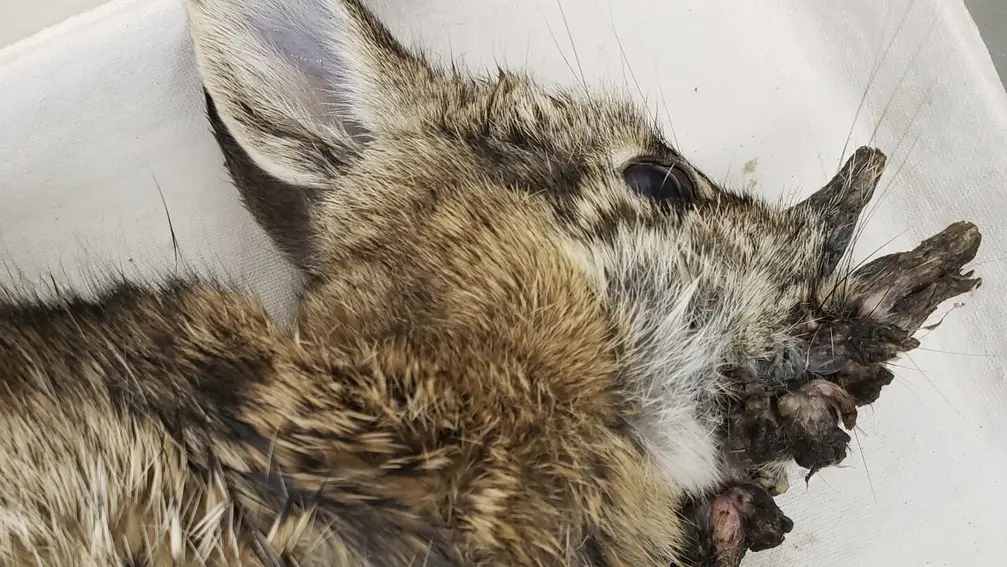
Horned rabbits in Colorado confirmed

Chris Raschke dies in high-speed crash

Unusual rabbits in Fort Collins prompt health guidance
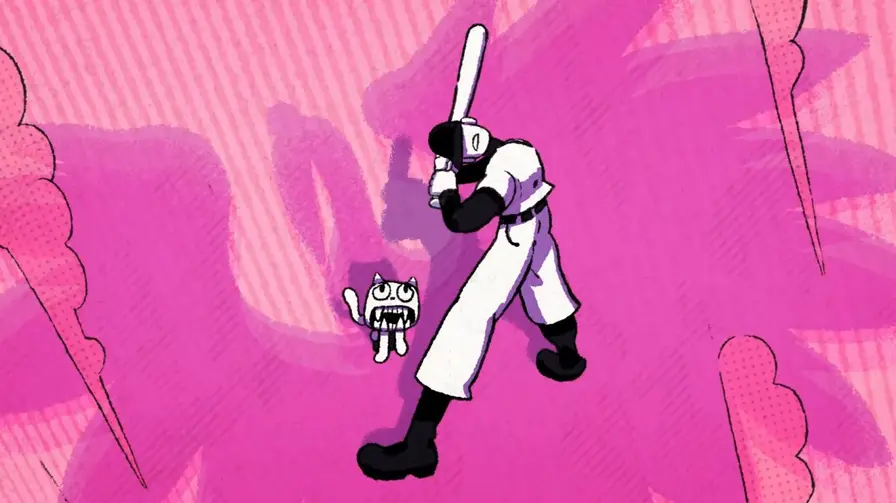
Nintendo update brings diverse lineup to Switch

Chris Raschke dies during land speed record attempt

Veteran racer Chris Raschke dies in speed record attempt
